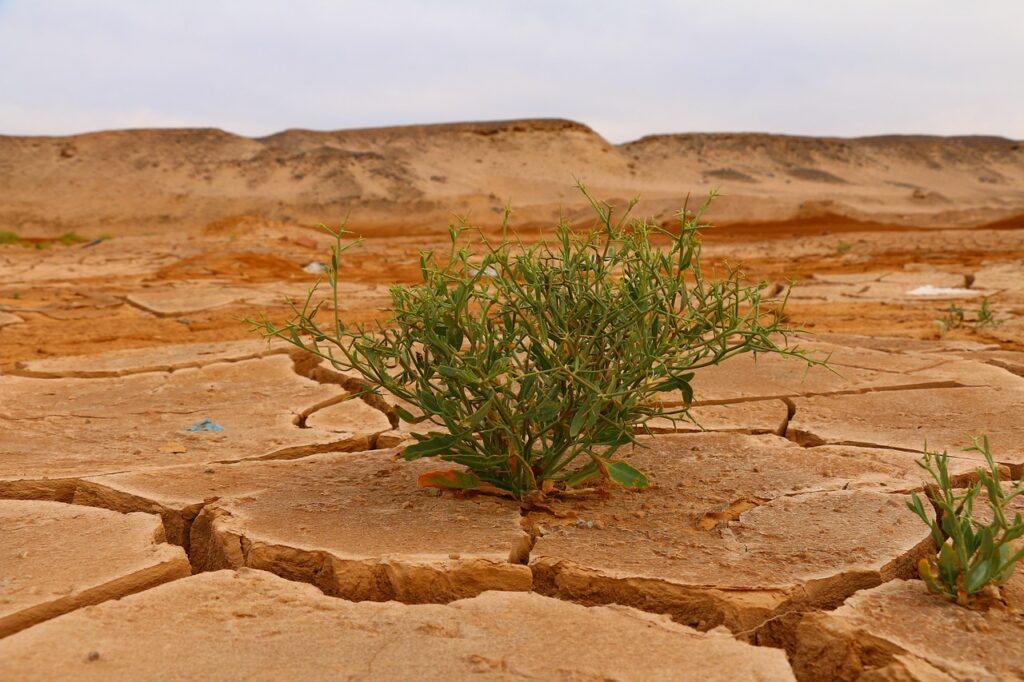What is the key reason for climate change?

The reason behind climate change refers to the fluctuation of the average levels of climate system elements. The climate system elements are the atmosphere (air), the hydrosphere (water), the cryosphere (ice and permafrost), the lithosphere (Earth’s upper rocky layer), and the biosphere (living things). When the average level changes, it’s called climate change. But the discussion topic is the key reason for changing or fluctuating the average levels of climate elements. What is the key reason for climate change? can be segregated into common and specific reasons.
Common Reasons for Climate Change:
The common reasons for climate change refer to the primary factors that drive significant and long-term changes in the Earth’s climate.
Global Warming:
Burning fossil fuels, establishing various industries, and the use of coal and natural gas increase global warming. On the other hand, deforestation and livestock practices are other reasons for global warming. During the late 19th century (1850-1900), Earth averaged 2.45 degrees Fahrenheit (or 1.36 degrees Celsius) warmer in 2023 than it did in the late 19th-century (1850-1900) preindustrial period.
The Warmest Decade on Record and Future Projections
The 10 most recent years are the warmest on record. The animation on the right shows the change in global surface temperatures. Since 1880, the global annual temperature has increased at an average rate of 0.08°C (0.14°F) per decade, and more than double that rate (+0.18°C / +0.32°F) since 1981. According to forecasts, annual average temperatures will rise by 0.95 percent under the business-as-usual scenario.
Greenhouse Gases:
The main cause of global warming is the release of CO2 from human activities. There was a 48% increase in its concentration in the atmosphere by 2020 over the pre-industrial level (before 1750). Climate changes are primarily caused by the effect of greenhouse gases. Atmospheric glass acts like a greenhouse and traps heat, preventing it from leaking back and causing global warming.
Greenhouse Gas Rise to Affect 30 Million Bangladeshi Households by 2030
Among the four types of gases, carbon dioxide (CO2) is the most prevalent, followed by methane, nitrous oxide, and fluorinated gases. Greenhouse gas emissions are expected to increase by 5.17 percent, affecting a total of 30,366,230 households in Bangladesh by 2030.

Causes for Rising Emissions:
The atmospheric lifetime of methane is shorter than that of CO2. However, methane is a more powerful greenhouse gas than CO2. Like CO2, nitrous oxide is a long-lived greenhouse gas that accumulates in the atmosphere over decades to centuries. Non-greenhouse gas pollutants, including aerosols such as soot, can have a warming or cooling effect on the environment. Burning coal, oil, and gas produces carbon dioxide and nitrous oxide.
How Trees, Livestock, Fertilizers, and Products Contribute to Climate Regulation
Trees absorb carbon dioxide from the atmosphere, thereby regulating the climate. When cows and sheep digest their food, they produce large amounts of methane. Nitrous oxide emissions are produced by fertilizers containing nitrogen. A number of products and equipment use fluorinated gases that emit fluorinated gases.
Awareness:
Information about climate change is always disseminated through government and development projects. Every year we face cyclones like SIDR, Aila, Nargis, Remel, etc., damaging houses and causing the loss of animals. Primary schools are converted into cyclone shelters. So, people know about climate change. However, the responsibility, proper awareness, and internal preparations have not grown. Even in Cyclone Remel, 30 people were killed, and 300,000 houses were destroyed in Bangladesh. But 29,000 people died in 2007 due to the same level of cyclone SIDR.

Global Economic Politics:
Economic politics always affect global warming. On the other hand, the establishment of global political power also impacts it. Russia and the Middle East have increased gas and oil sourcing. International wars also affect climate change. The Russia-Ukraine conflict and the Israel-Middle East conflicts have been ongoing. Uncountable fires and bombings also cause global warming.
Industrial Revolution’s Impact on Global Warming and Current Reluctance
When the industrial revolution rose tremendously from 1760 to 1840, it created visible changes in producing goods by hand to using machines, impacting global warming. Even the world’s leading countries that have been producing CO2 are not interested in investing in net-zero emissions. if you have any question that, I think few clarification is require, What is the key reason for climate change? let me know.
Data Obfuscation:
The private-public partnership (PPP) has initiatives to reduce CO2 emissions. Authentic data could be a powerful source of information. However, projects often lack authentic data, and falsification, a sense of showing project success, and performance can lead to data elimination. This also undermines initiatives, labor, time, and money. I think few clarification is require, What is the key reason for climate change?
